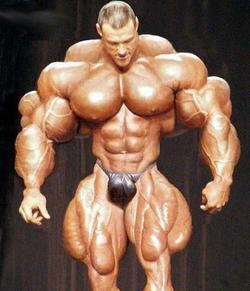The study involved 30 men with low-risk prostate cancer who had chosen not to undergo treatment unless their cancer got worse. The men followed a plant-based diet that avoided meat, saturated fat, and processed or refined foods; walked at least 30 minutes six days a week and at least an hour three days a week; and participated in a weekly support group. Each day they also did an hour of simple yoga-based techniques including stretching, breathing, meditation and imagery.
After just three months on Dr. Ornish's regimen, more than 500 genes associated with prostate cancer reverted toward normal. Cancer genes promote cell growth in a disorderly fashion. The researchers at University of California San Francisco (UCSF) showed that in these men, tumor-suppressing genes became more active and some of the cancer-causing genes switched off.
Many previous studies have shown that most cancers are caused by factors in the environment. Some people are genetically more susceptible to these factors. However, if they avoid the factors, they have an excellent chance of not suffering the cancers. We know that prostate cancer is more common in men who are overweight, diabetic, eat a lot of fat and meat, and/or do not exercise.
A leading theory is that each type of cancer is caused by many factors and the more of these susceptibility factors that involve you, the more likely you are to develop that specific cancer. For example, a woman cannot develop cervical cancer unless she is infected with the HPV virus. But more than 50 percent of American women are infected with this virus and fewer than one in 250 of those develop cervical cancer, so other factors must be involved. A woman with HPV who smokes has almost 20 times the chance of developing cervical cancer as one who has HPV and does not smoke. Other co-factors remain to be found.






 16:35
16:35
 kaniamazdar
kaniamazdar











